A new body of work by Peter Holliday explores the human ideals and aspirations latent within Copenhagen’s peripheral spaces
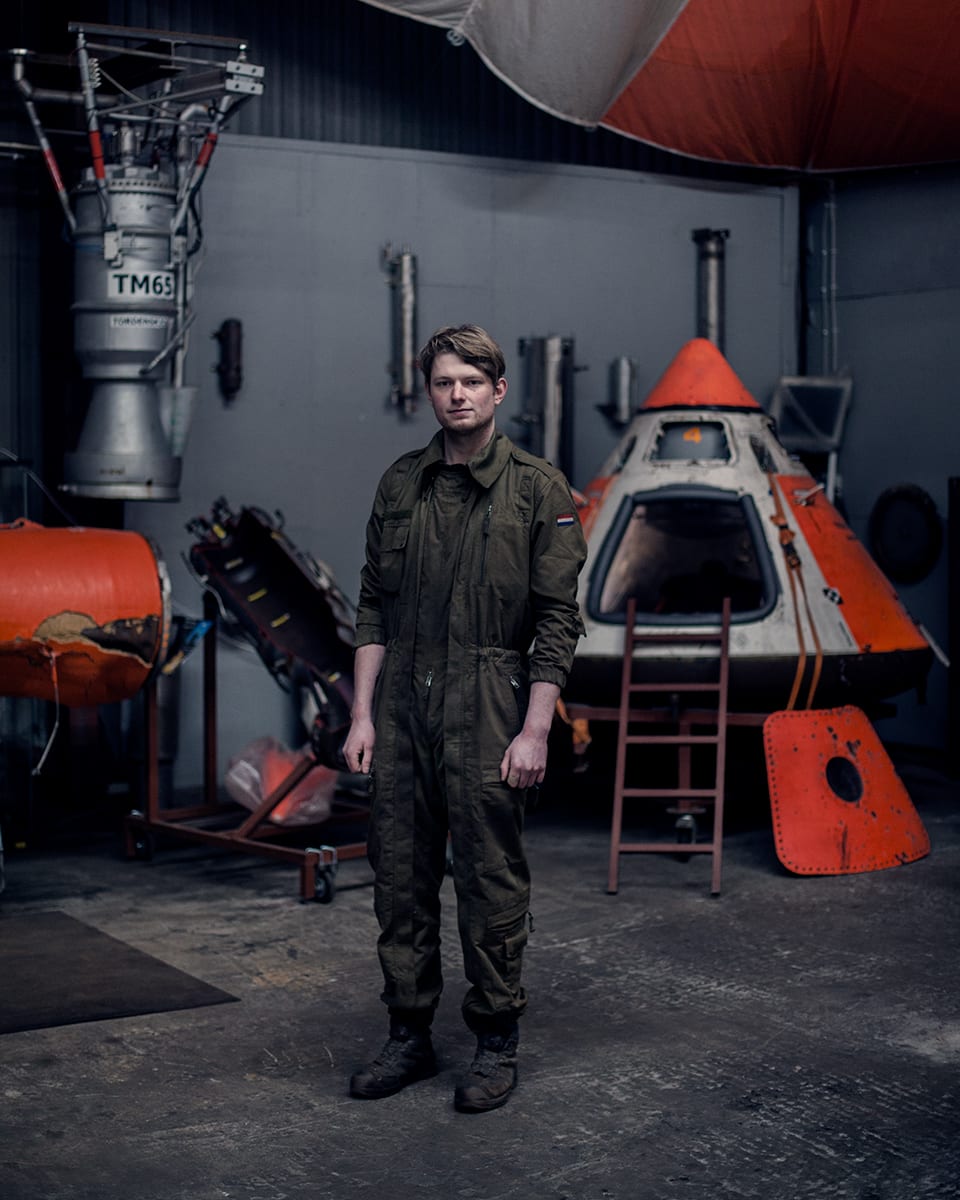

A new body of work by Peter Holliday explores the human ideals and aspirations latent within Copenhagen’s peripheral spaces
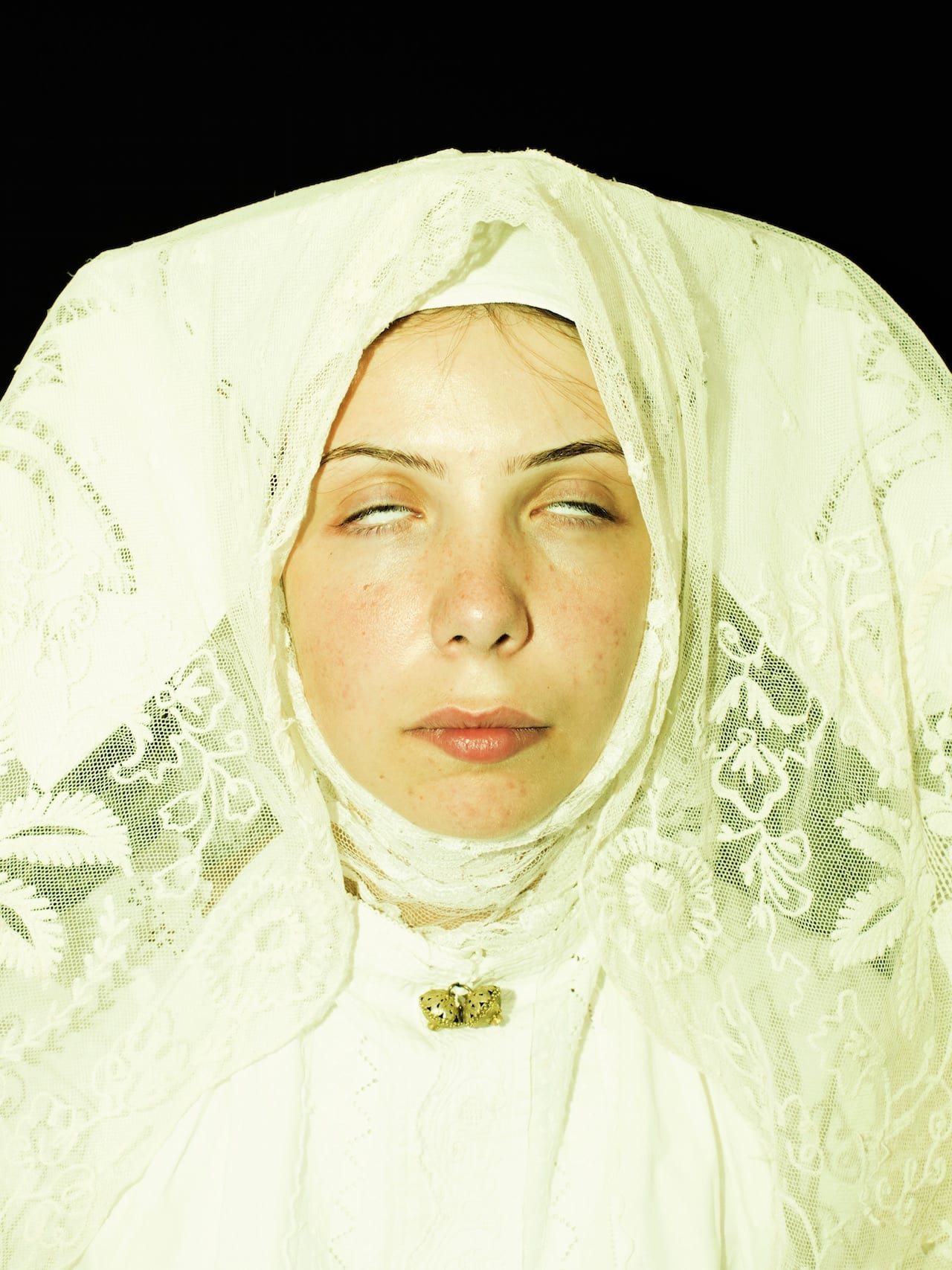
Between 1960 and 1997, the idyllic Italian island of Sardinia witnessed a series of kidnappings at the hands of the anonima sequestri sarda – a group of vigilantes meting out justice according to a traditional, local code of honour known as the codice barbaricino. Over 37 years, 162 people were kidnapped for ransom, with some of them killed. The kidnapping of seven-year-old Farouk Kassam in 1992 is particularly vivid for Sardinian-born-and-raised Valeria Cherchi, who was the same age at the time. The case instilled in her a profound fear. “I clearly remember the news, during his fifth month of imprisonment, that the upper part of his ear was found by a priest on a mountainous road in Barbagia, central Sardinia,” she recalls.
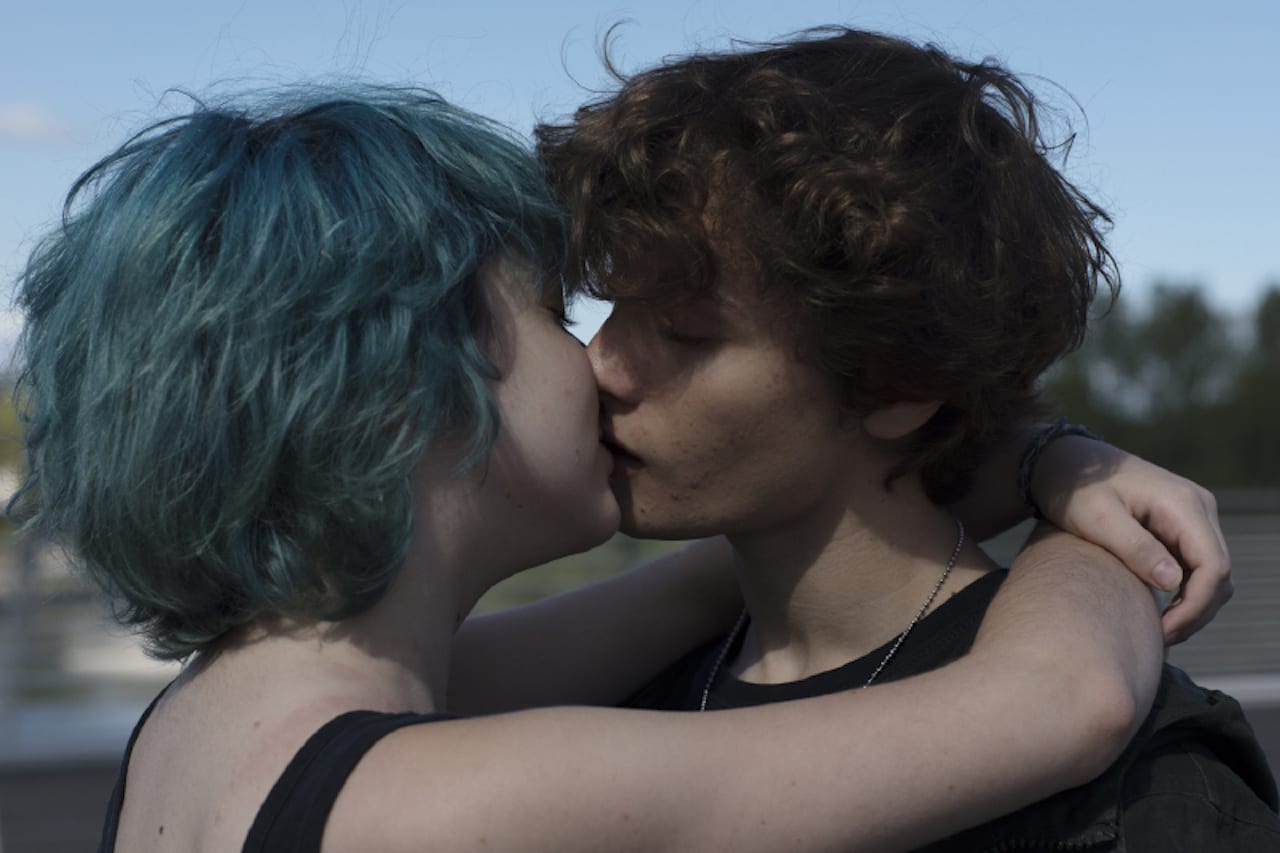
For Léonie Hampton, photography is a tool to connect with the present moment. “I use it to explore the experience of being in a place, and being in that moment in time,” she says. Most recently this approach inspired Mend, her project for the 2017 Rome Commission which will be on show at the Italian Cultural Institute as part of Photo London this week. “Rome is a great place to explore the idea of being in the present,” says Hampton, “because everywhere you go there are layers of time, visually and architecturally”.
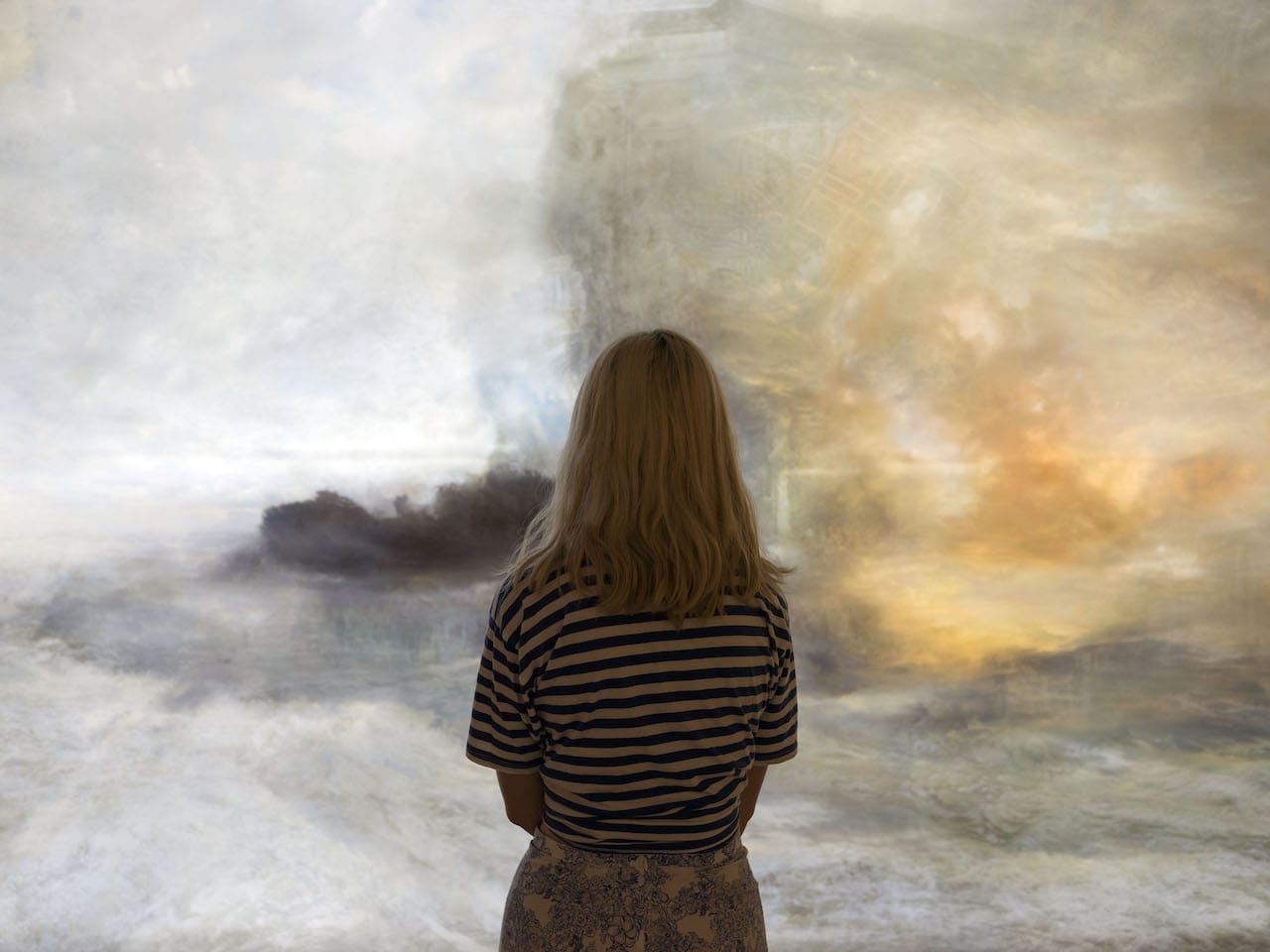
When he first heard about the HOME project, Brighton-based photographer Mark Power’s immediate reaction was to make something personal. “Home is such an abstract concept,” he says. “For instance, if I’ve been travelling abroad for a while I’d probably consider my home to be England. If I’m already there, then I might think of Brighton as home. In Brighton I’d probably think of my house.” Ultimately though ‘home’ translates as family for him, and by coincidence the project landed just as his family was undergoing seismic change. “By chance, the subject was staring me in the face – our daughter Chilli was leaving home in September, moving to London to begin a degree in Fine Art at Goldsmiths University,” explains Power. “Ironically, this date coincided almost exactly with the deadline to deliver the final project.”
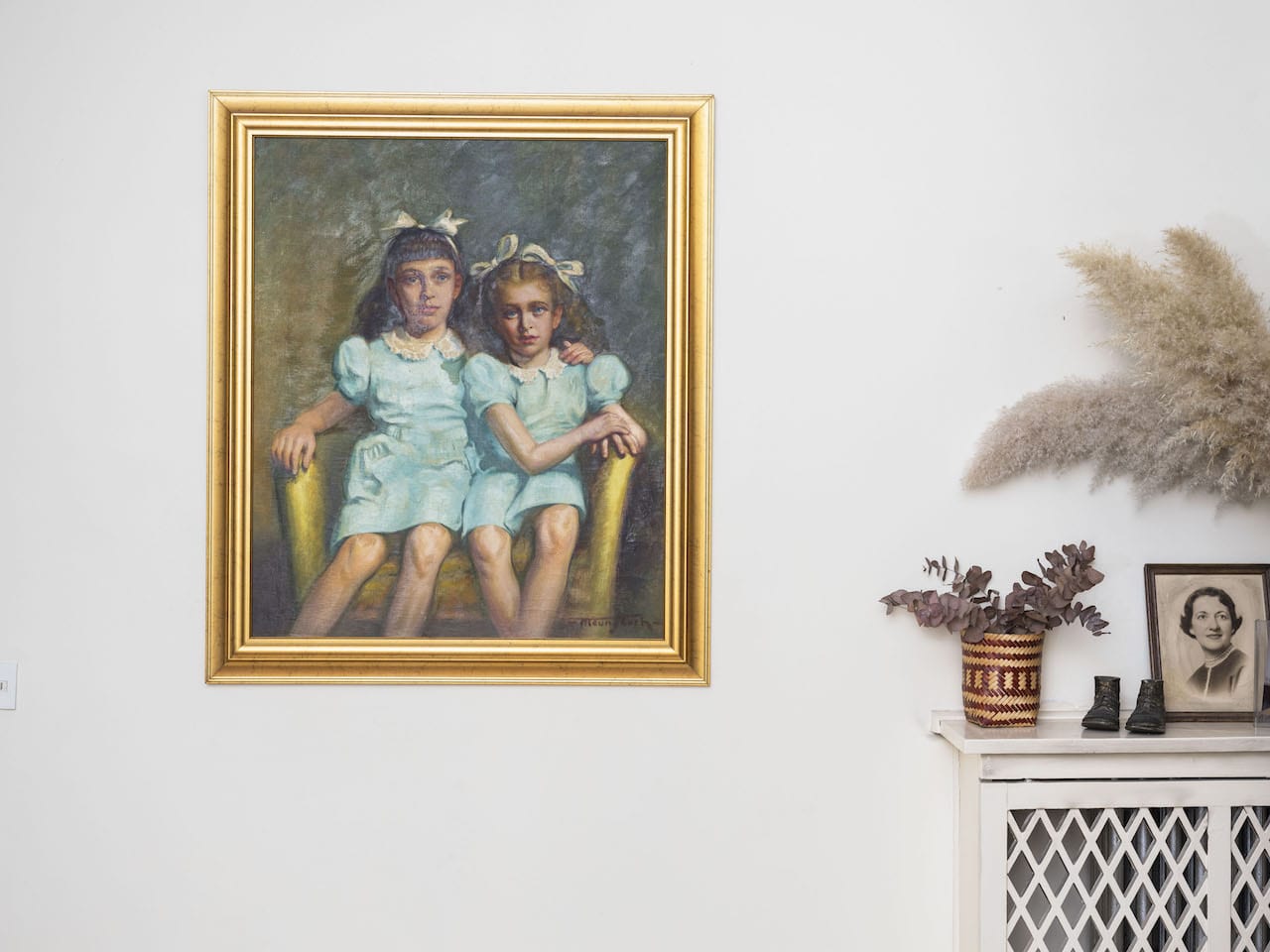
New York in 1968, Alessandra Sanguinetti’s family moved to Argentina when she was two years…
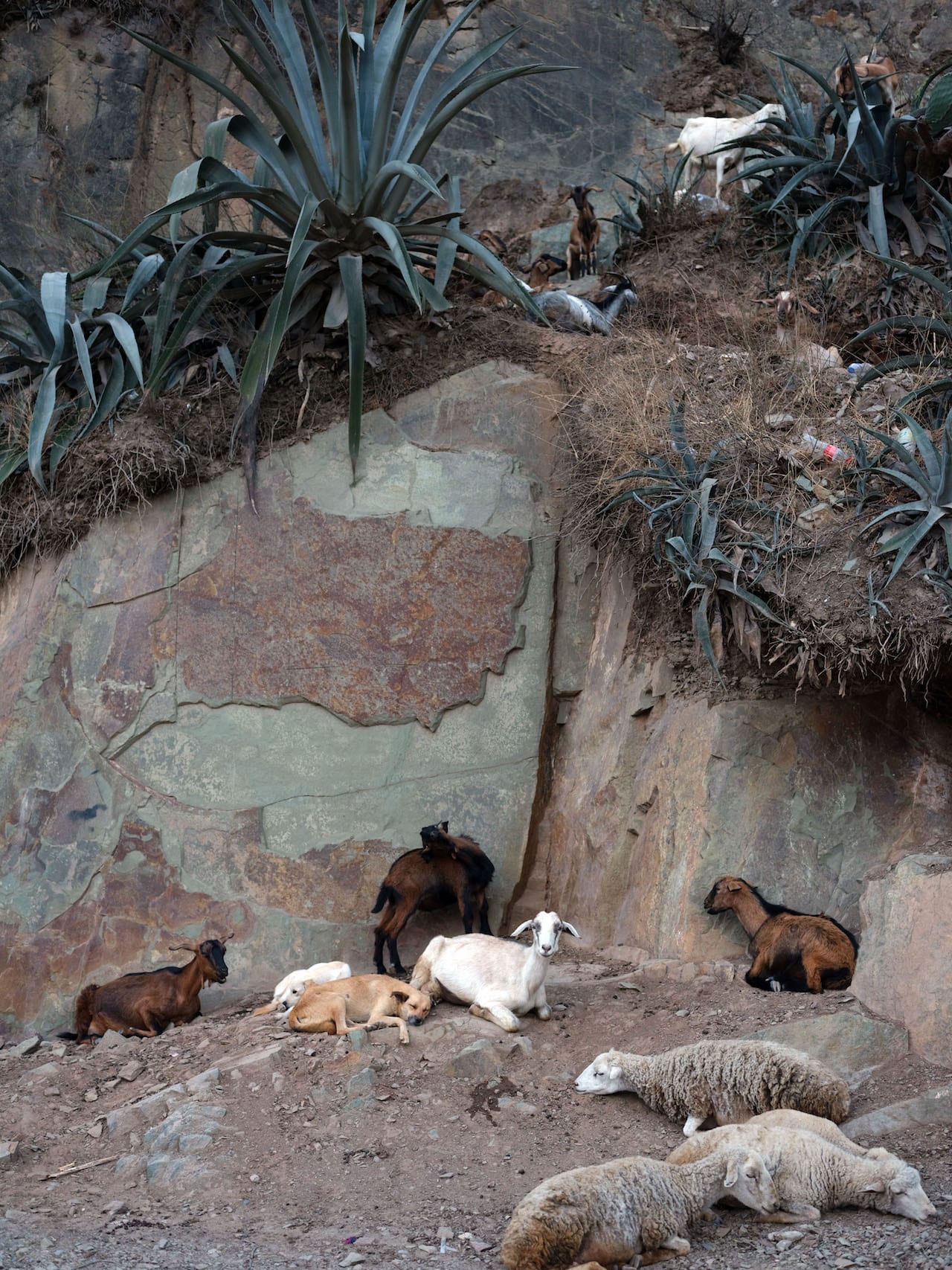
“For me home is a very difficult concept because I was born in Peru, but grew up in Spain and lived in America,” Moises Saman tells me over the phone from his current base – Tokyo, Japan. “At first I was confused because I’ve moved around so much in the past few years. So for this project, I took the opportunity as a way to trace back to where I was born.” Born in Lima in 1968, Moises Saman relocated to Barcelona, Spain with his family when he was just one year old. He spent a month travelling in Kosovo photographing the immediate aftermath of the last Balkan war; during his seven-year stint at Newsday as a staff photographer, he covered the fall out of the 9/11 attacks, and spent an extensive amount of time in Middle Eastern countries before becoming a freelance photographer.
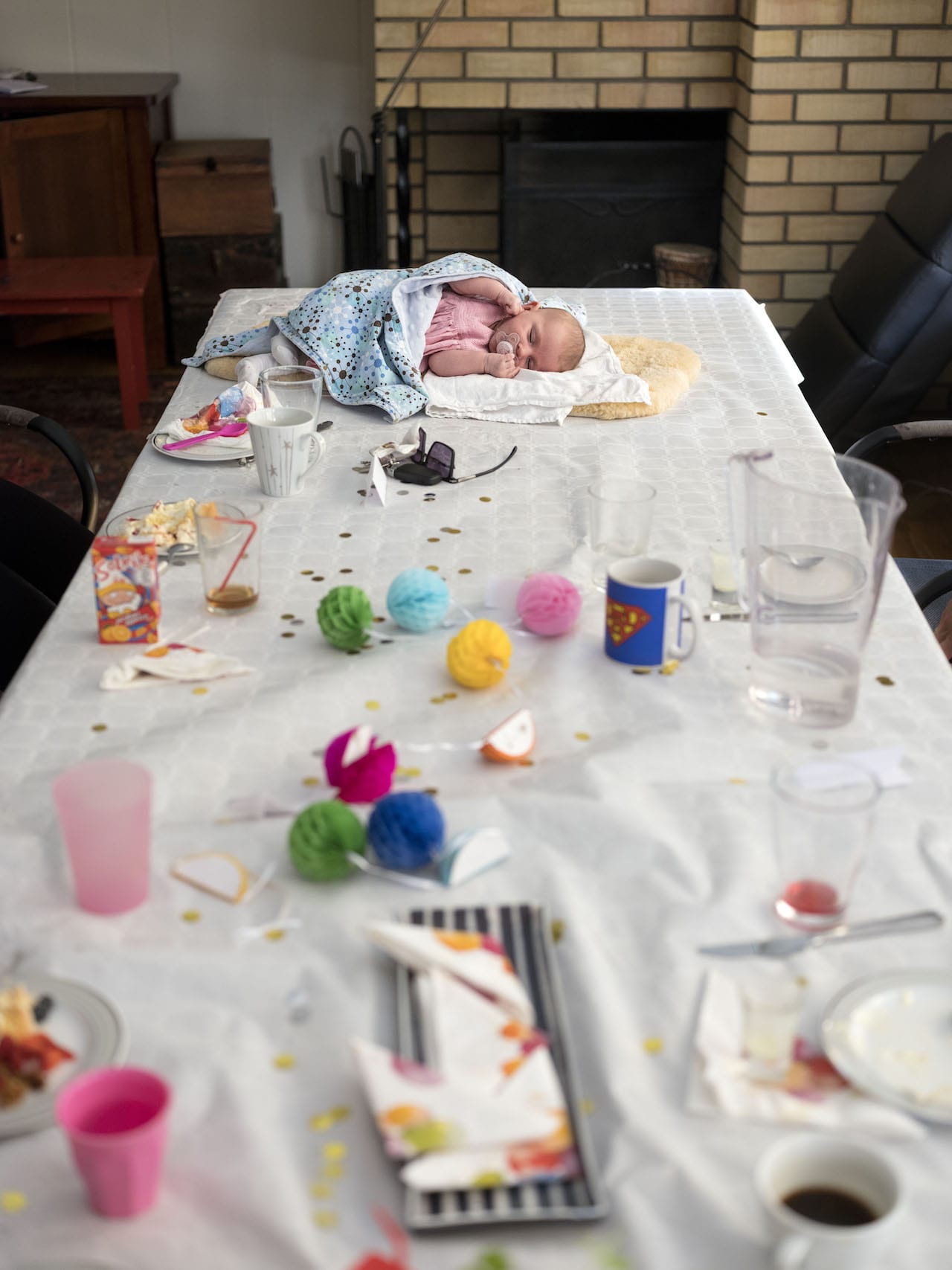
“I wonder what it will be like looking at them in twenty years,” write Magnum photographer Jonas Bendiksen of his contribution to the HOME group project. “This time capsule from when Anna and I were young, and the kids were just two bundles of limitless potential.” Born in 1977, Bendiksen is still young enough to be adding to his family, and shot his contribution to HOME last summer, “when Bille arrived and Boe went from being our little baby to being a big sister”. It’s a time he’ll never forget, he says, though it revolved around the simple things in life – playing, eating, being at home. “That’s what life was about at the time, so it seemed a bizarrely appropriate reason to photograph these events,” he says.
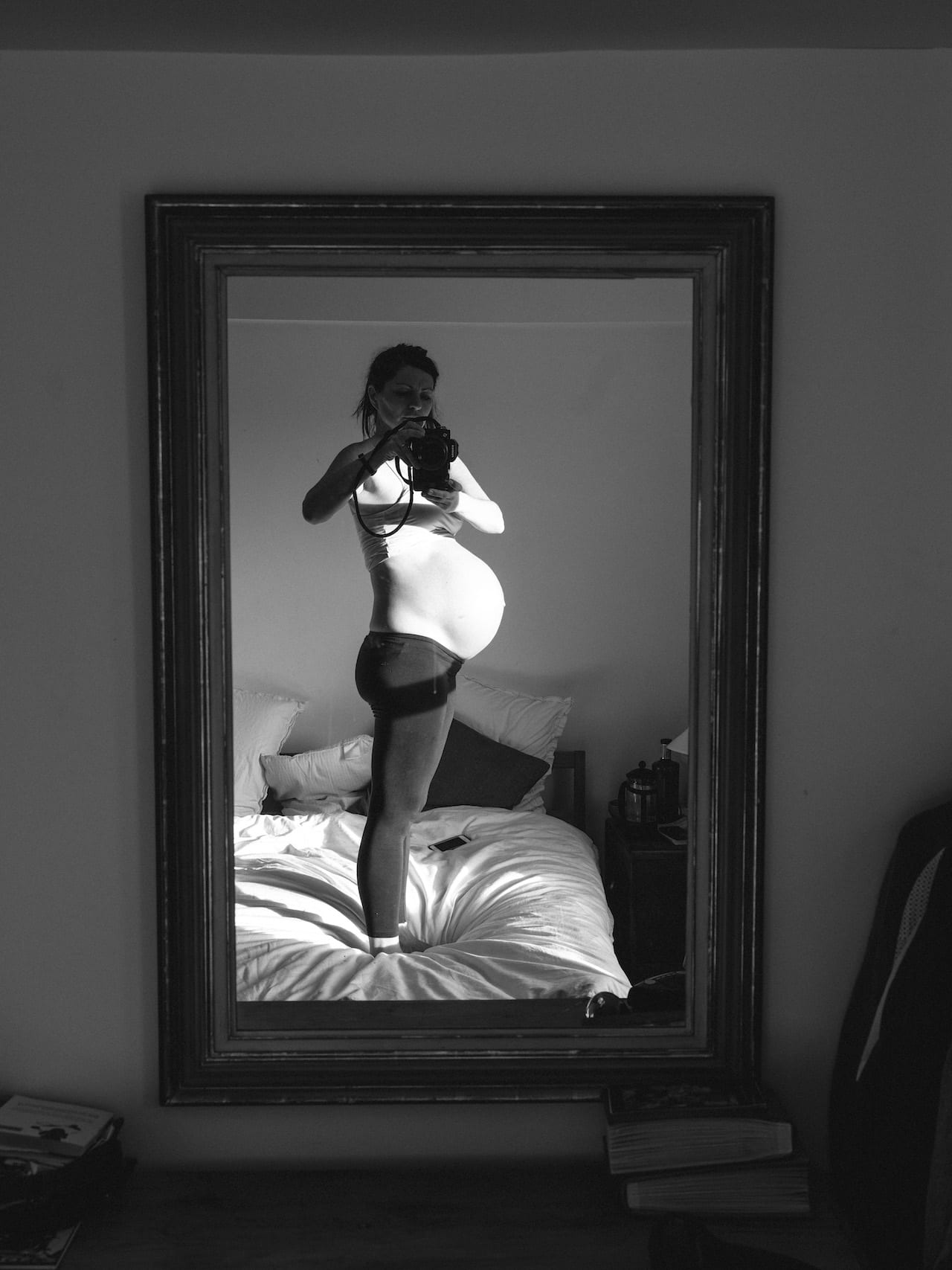
When the HOME project was proposed to her, Olivia Arthur was heavily pregnant with her second daughter and focussing that seemed a natural choice. “But in terms of presenting it as a project to the outside world, I think what’s interesting is this period of waiting – that’s where it all becomes very personal,” she says. Aptly titled Waiting for Lorelai, the project became about the anticipation she and her family experienced in the lead-up to the birth. “There’s this kind of emotion about how much it’s going to change the dynamics between us,” says Arthur, “and how my [older] daughter’s going to react when she finds out it’s not just her.”
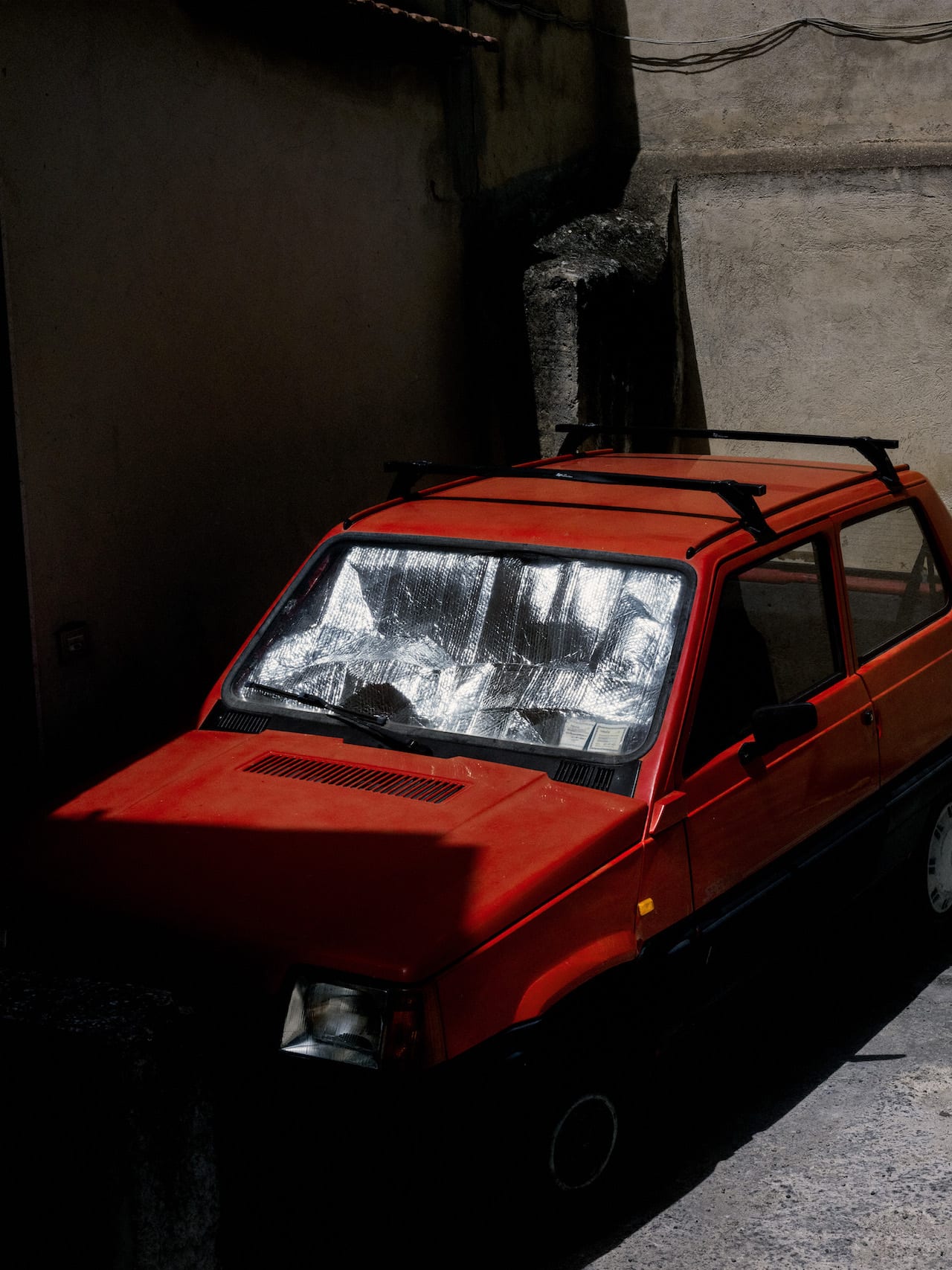
“What is ‘home’?” writes Magnum Photos curator Pauline Vermare. “Instinctively, the idea of peaceful haven comes to mind. A cocoon where one feels secure, loved and understood – a nurturing and forgiving place.” It’s a topic she’s been thinking about in depth, because back in 2017 Fujifilm invited Magnum Photos to collaborate on an ambitious group project, which eventually saw 16 of its documentary photographers reflect on the idea of ‘home’. These photographers are better-known for documenting the lives of others, but in this project, they were able to create intensely personal work instead. “This project provided photographers with an ideal pretext to explore a place they held dear, a familiar and familial landscape,” says Vermare. “It was an invitation to look inward and outward. Home – an inherently intimate and introspective subject matter – was also a formidable challenge to take on; for the past seventy years, Magnum photographers have predominantly been looking into the lives of others – and seldom looking into their own.”